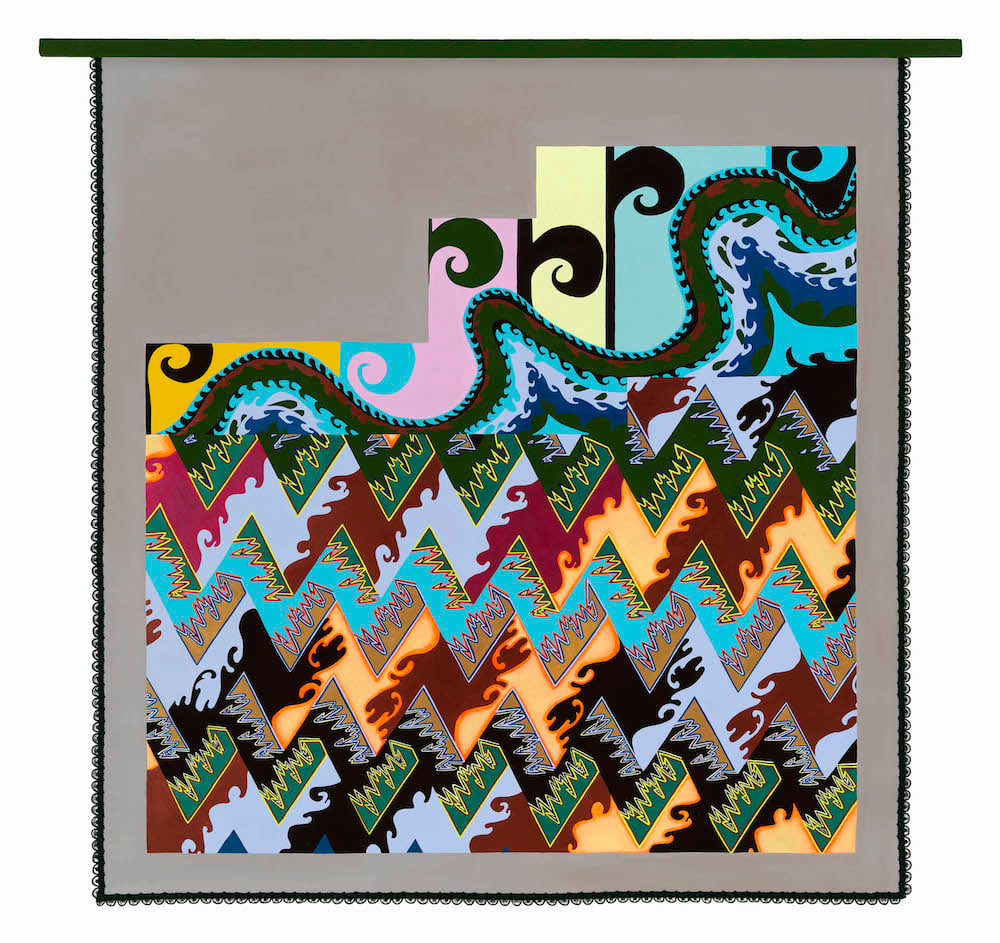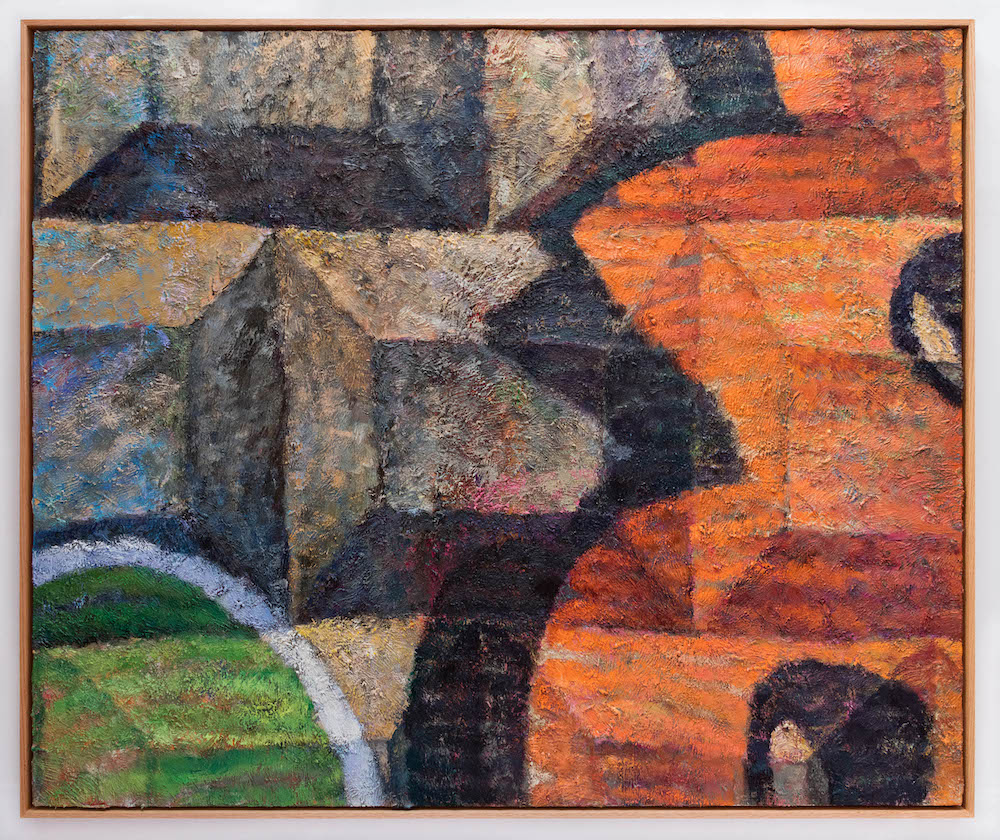Galleries
After Finding Success With Online Sales, David Zwirner Will Share Its Digital Platform With 12 Promising Younger New York Galleries, Too
Zwirner is hosting a dozen smaller New York galleries in one virtual space.

Zwirner is hosting a dozen smaller New York galleries in one virtual space.

Eileen Kinsella

After galleries across New York City and around the world were forced to close their doors in recent weeks, dealers have accelerated efforts to move their operations online. But many galleries with smaller budgets cannot afford to pay a top-of-the-line developer to build out a bespoke online viewing room—especially not in a matter of days.
That’s why David Zwirner Gallery—one of the first galleries to launch a viewing room, way back in January 2017—has stepped in to offer itself as a one-stop shop of sorts. The gallery is opening up its digital doors to host a dozen smaller New York-based galleries in a special viewing room. The new initiative, which goes live on April 3 and will be open for about a month, is called “Platform: New York.”
The 12 participating galleries are at various stages in their own digital development, but all have a reputation for dynamic and forward-thinking programming. They are: 47 Canal; Bridget Donahue; Bureau; Company; David Lewis; Elijah Wheat Showroom; Essex Street; James Fuentes; JTT; Magenta Plains; Ramiken; and Queer Thoughts.
“It’s been a tough situation for everyone, but all things considered, our gallery has been fortunate—we’ve been able to quickly move our exhibitions and presentations online, since we already have a digital space built out,” David Zwirner director Thor Shannon told Artnet News. “Recognizing that not every gallery is in this exact same position… we realized that something we could concretely offer was the digital infrastructure that we already have in place.”
While the gallery would not disclose overall traffic to its viewing rooms, a spokesperson said traffic to David Zwirner Online had increased more than 500 percent since its physical galleries closed last month.
All inquiries and sales for “Platform” will be managed by the individual galleries, and works can be “rehung” if they sell. Zwirner is not charging anything to participate, nor will it take a commission. Unlike in David Zwirner’s own viewing rooms, visitors can access the presentation without entering their email addresses, to keep the barrier to entry as low as possible.
In the coming weeks, the gallery will announce future editions of “Platform,” beginning with a London edition in April. “The happy truth here is that we’re not all in bloodlust competition with one another,” Shannon said. “The art world isn’t a zero sum game.” Uniting on one platform, he continued, “is hopefully one way of underlining that… we all benefit when our community collectively succeeds.”

Lisa Alvarado, Traditional object (Thalweg) (2020). Photo: Tom Vaneynde. Courtesy the artist and Bridget Donahue.
Each participating gallery will present two works by one artist, many of whom were scheduled to be featured in spring exhibitions or whose shows were cut short by last month’s closures. Like in David Zwirner’s viewing rooms, prices will be visible.
Part of the goal, it seems, is to introduce into cyberspace the same potential for serendipitous discovery that an art fair offers—like when a collector is waylaid on the way to David Zwirner’s booth by a stand of a less familiar, less well-capitalized gallery. Many have noted that it is these spaces that are likely to suffer disproportionately from the lack of cash flow during what amounts to an indeterminate global shutdown.
The project, which came together in about a week, was the brainchild of two of Zwirner’s children, Lucas and Marlene, as well as younger staff members Alec Smyth, Cristina Vere Nicoll, and Shannon, according to the gallery. Dealer Bridget Donahue called it “a kind gesture, albeit digitally, of what we do as colleagues: introduce one another to our friends and collectors.”
Donahue will showcase the work of Chicago-based artist and harmonium player Lisa Alvarado, whose paintings frequently operate as stage sets and ritual objects and whose planned April show “will be the opening most affected by our homebound reality,” the dealer said. The Zwirner viewing room is a supplement to Donahue’s existing viewing room, created by developers Nil-database. Prices are under $20,000.

Keegan Monaghan, The Wall (2019-20). Image courtesy of James Fuentes.
“This is a meaningful opportunity to shed a light on our gallery program in a moment where all physical gallery spaces are off-limits,” dealer James Fuentes told Artnet News. “The art world is an ecosystem, and at this moment, how the art world communes online will become more and more evident.”
Fuentes will present works by Keegan Monaghan, a Brooklyn-based painter whose tactile, tightly cropped paintings of outdated technology were a highlight of the 2019 Whitney Biennial, and who was set to be the subject of the next show at the gallery on Delancey Street. The works are priced between $30,000 and $40,000.
Before the gallery closed to the public on March 13th, Fuentes said, they had begun working on a redesign with the Brooklyn-based studio Other Means. Currently, they are focusing on creating the gallery’s first online viewing room, which will launch in mid- to late April.
“Platform” isn’t the first time David Zwirner has extended a helping hand to galleries in need. In March 2019, when structural problems on Manhattan’s West Side piers ultimately resulted in the displacement and potential cancellation of the Volta fair, collector Peter Hort quickly pulled together an alternative, teaming up with Zwirner to host a number of the affected dealers in the gallery’s massive Chelsea space.
“Platform: New York” will be on view on davidzwirner.com April 3–May 1, 2020.